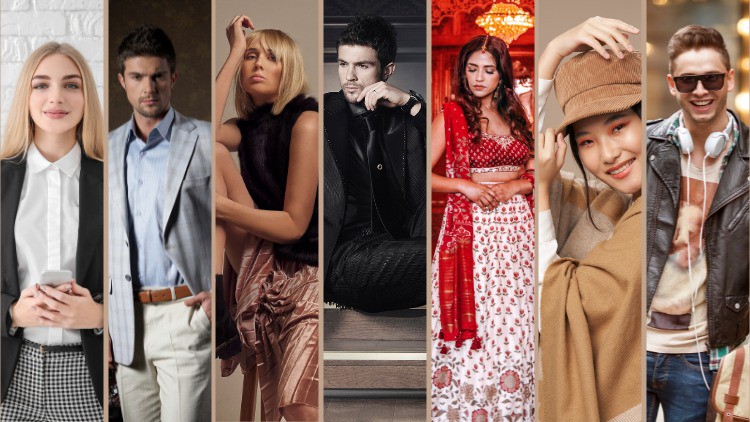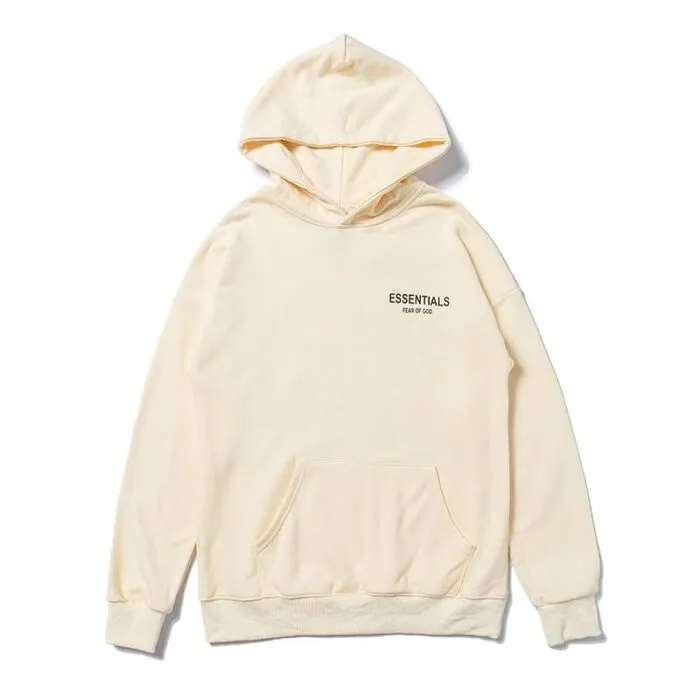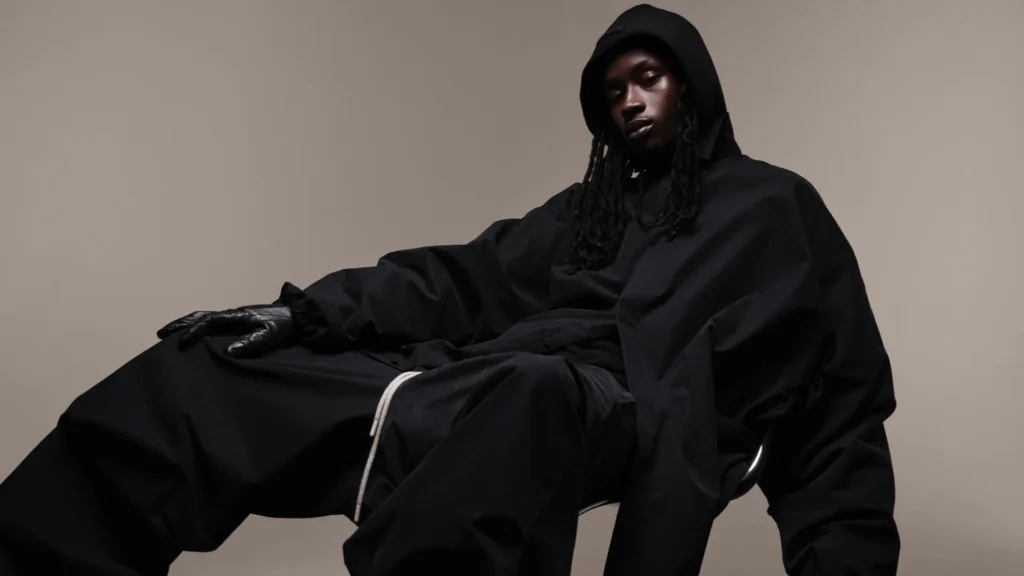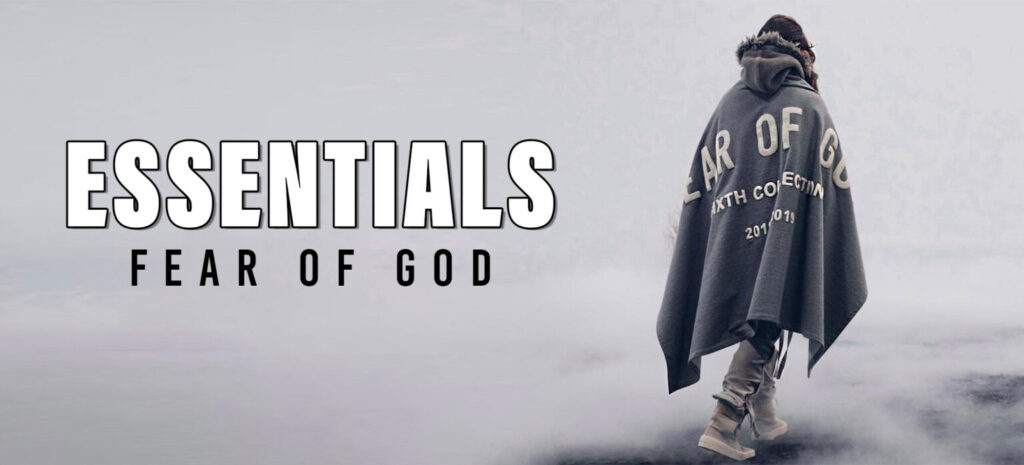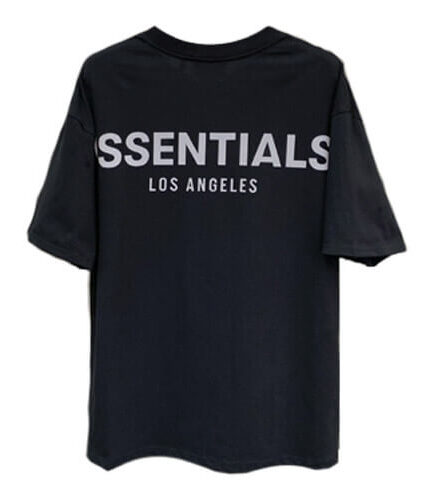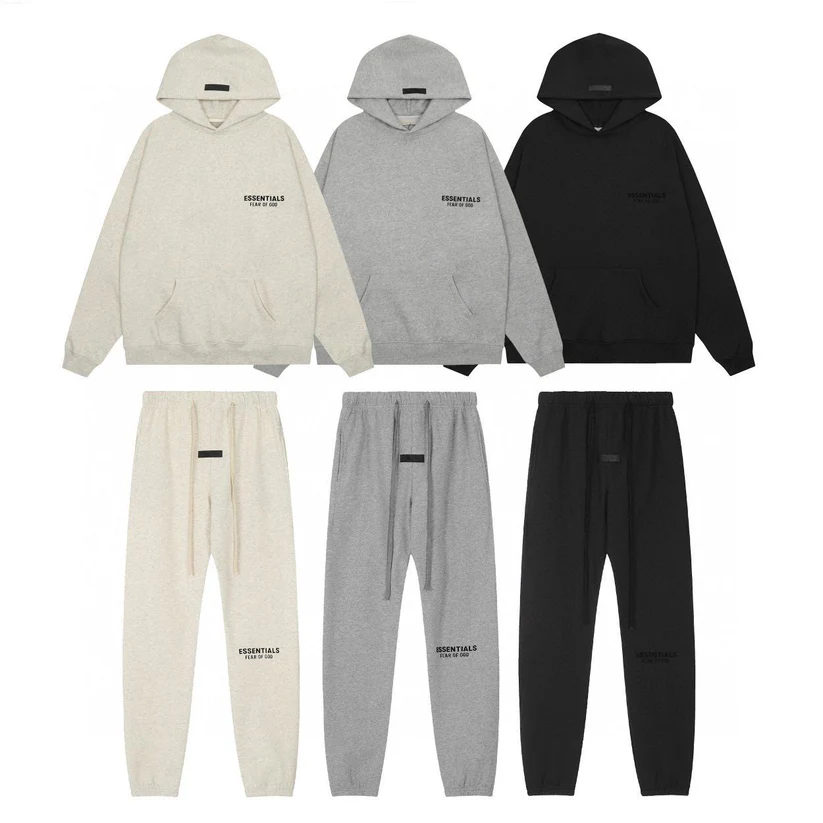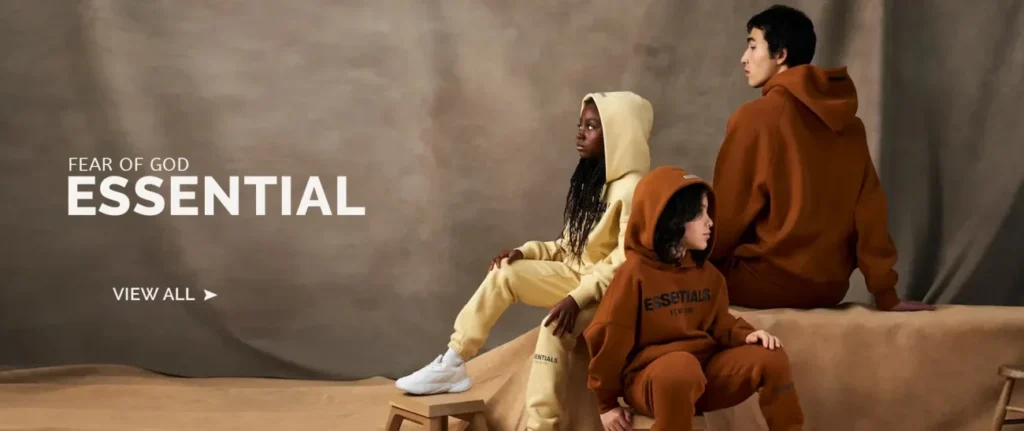The Art of Fashion: Unveiling the Magic of Clothing Styles
Fashion is an ever-evolving art form that reflects individual identity and captures the essence of cultural and social movements. From the intricate patterns of haute couture to the minimalist elegance of contemporary styles, fashion offers a rich tapestry of creativity and expression. This Essentials Hoodies the magic of clothing styles, delving into their history, significance, and impact on personal and societal levels.
The Evolution of Fashion
Historical Perspectives
Ancient Civilizations
The Egyptians, Greeks, and Romans all had distinct clothing styles that signified their social status, profession, and cultural heritage. Intricate drapery, luxurious fabrics, and elaborate accessories were hallmarks of these early fashion statements.
Middle Ages and Renaissance
During the Middle Ages, clothing styles were heavily influenced by the church and feudal system. . The Renaissance period brought a resurgence of art and culture, which was reflected in the opulent and richly decorated clothing of the time. This era saw the introduction of tailored garments, intricate embroidery, and the use of luxurious materials like silk and velvet.
20th Century Fashion Revolutions
The 20th century witnessed several fashion revolutions, each decade bringing its own unique style. The flapper dresses of the 1920s, the tailored suits of the 1940s, the psychedelic prints of the 1960s, and the punk rock aesthetic of the 1970s all showcased the dynamic nature of fashion. These styles were not just about clothing; they represented broader cultural shifts and societal changes.
The Influence of Fashion Icons
Defining Trends
Coco Chanel
Coco Chanel revolutionized women’s fashion in the early 20th century. Her designs emphasized comfort and simplicity, moving away from the restrictive corsets of the past. 5 perfume are all legacies of her influential style.
Audrey Hepburn
Audrey Hepburn’s elegant and timeless style continues to inspire fashion enthusiasts today. Her collaboration with designer Hubert de Givenchy produced iconic looks such as the black dress in “Breakfast at Tiffany’s” and the chic ensembles in “Sabrina.”
David Bowie
David Bowie was a fashion chameleon, constantly reinventing his image. His bold, avant-garde style challenged gender norms and set trends that resonated with the rebellious spirit of the youth. From Ziggy Stardust’s flamboyant costumes to the sophisticated suits of the Thin White Duke, Bowie’s fashion choices were an integral part of his artistic expression.
Contemporary Fashion Movements
Minimalism
Less is More
Minimalism in fashion emphasizes simplicity, clean lines, and a monochromatic color palette. This style focuses on quality over quantity, promoting timeless pieces that can be mixed and matched. Designers like Jil Sander and brands like Uniqlo have championed this approach, offering understated elegance that transcends trends.
Sustainable Fashion
Eco-Friendly Choices
With growing awareness of environmental issues, sustainable fashion has gained prominence. This movement advocates for ethical production practices, the use of organic and recycled materials, and a reduction in waste. Brands like Stella McCartney and Patagonia lead the charge in creating eco-friendly clothing that doesn’t compromise on style.
Streetwear
From the Streets to the Runway
Streetwear has its roots in urban culture and has evolved into a global phenomenon. Characterized by casual, comfortable clothing like hoodies, sneakers, and graphic tees, streetwear has been embraced by high fashion designers, blurring the lines between luxury and everyday wear. Brands like Supreme and Essentials Sweatshirts have brought streetwear to the forefront of contemporary fashion.
The Psychology of Fashion
Self-Expression
A Reflection of Identity
Clothing is a powerful tool for self-expression. It allows individuals to convey their personality, beliefs, and emotions without uttering a word. Whether it’s a bold, colorful outfit that exudes confidence or a minimalist ensemble that reflects a preference for simplicity, fashion choices speak volumes about who we are.
Influence on Mood
Dressing for Success
The way we dress can significantly impact our mood and behavior. Research suggests that wearing certain types of clothing can boost confidence, enhance performance, and even influence how others perceive us. This phenomenon, known as “enclothed cognition,” highlights the psychological importance of fashion in our daily lives.
The Future of Fashion
Technological Innovations
Smart Fabrics and Wearable Tech
The future of fashion is intertwined with technological advancements. Smart fabrics that monitor health, clothing with built-in LED displays, and garments that adapt to temperature changes are just a few examples of how technology is revolutionizing the industry. These innovations not only enhance functionality but also open up new avenues for creative expression.
Inclusivity and Diversity
Fashion for All
The fashion industry is increasingly embracing inclusivity and diversity. From plus-size models to gender-neutral clothing lines, the push for representation is reshaping traditional beauty standards. Brands are recognizing the importance of catering to a diverse audience, making fashion more accessible and inclusive for everyone.
Conclusion
The magic of clothing styles lies in their ability to evolve, adapt, and inspire. As we move into 2024, the Essentials T-Shirt exemplifies the enduring appeal of versatile, high-quality fashion. Embracing the art of fashion means celebrating its rich history, appreciating its impact on self-expression, and looking forward to a future where sustainability and inclusivity are at the forefront.

